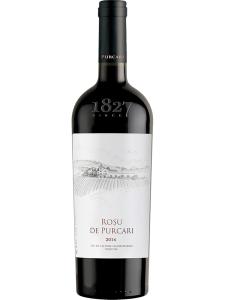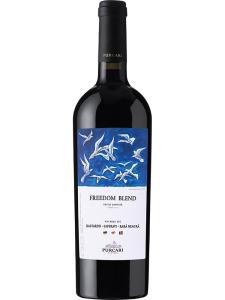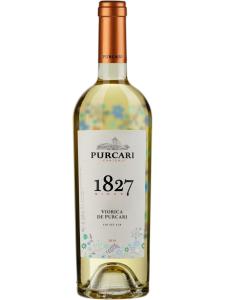Moldova is a landlocked country in Eastern Europe that is separated from the western edges of the Black Sea by the Odessa province of southern Ukraine. One of several former Soviet states in this region (it lies just north of Romania and Bulgaria), Moldova gained independence from Russia in 1991, and is now officially the Republic of Moldova.
Although relations between Moldova and Russia were relatively healthy at the dawn of the new millennium, in 2006 heated negotiations over the disputed territory of Transnistria led to Russia banning the importation of all Moldovan wines. The Russian pretext for this embargo was that technical analysis had revealed high levels of heavy metals and pesticides in wines imported from Moldova. Wines from Georgia, another ancient wine-producing nation just across the Black Sea, were also included in the ban. This followed derogatory statements made in 2005 by Georgia's Defense Minister, which led to the almost immediate closure of seven Georgian wineries. Moldova was less directly affected, but its wine trade unquestionably suffered due to the closure of this key export market.
Viticulture and winemaking are imbued in Moldovan culture at various levels: in its history, its language and its traditions. The country's economy also benefits greatly from wine production, not only from direct sales on both local and export markets, but also from wine tourism, which is surprisingly well developed here. Moldovan winemaking underwent a hiatus during the 300-year period of Ottoman rule, when Islamic law forbade its production and consumption. But under Russian rule (1812 to 1991) the nation's wine culture recovered entirely, and it became an important supplier of wine to the motherland. Since independence, the nation has celebrated its Ziua Nationala a Vinului (National Wine Day) each year on the second weekend in October, just after the end of vintage.
Although relatively small, Moldova ranks among the most significant wine regions of Eastern Europe. Its climate is well suited to viticulture, and archaeological evidence suggests that this has been the case for a millions of years; fossils of Vitis teutonica vines dating back as far as 25 million years have been found around the northern Moldovan village of Naslavcia. Further evidence suggests that the indigenous peoples began using these grapes to make wine as early as 3000 BC. Modern Moldovan wine is made not from these ancient strains of the Vitis family, but from Vitis vinifera vines of European origin. Bordeaux varieties Cabernet Sauvignon and Merlot have made their way into every Moldovan wine region, and have proved as successful here as they have everywhere else in the world. Likewise, their Burgundian counterparts Pinot Noir and Chardonnay are also commonly seen in Moldovan wines, as are Germany's Riesling and light, Italian-style Pinot Grigio.
Moldova's topography is decidedly pedestrian when compared to that of neighboring Romania, where the Transylvanian Alps (Southern Carpathians) rise to over 8000ft (2450m). Instead, the Moldovan landscape bears a stronger resemblance to that of southern Ukraine, with low rolling hills that drop steadily down towards the Black Sea. The relief rises above 1000ft (305m) only in the small area of hills just north of the capital Chisinau. It is in the southern and central zones just south of these hills that Moldova's finest terroirs are found. This undulating landscape offers the kind of variation of aspect and gradient that contributes so much to wine quality in such great wines regions as Piedmont, Tuscany and southern Burgundy.
Moldovan winters are cool and the summers are warm, but neither reaches the kind of extremes that damage vines or reduce fruit quality. Rainfall is also moderate, completing a set of conditions almost perfectly suited to viticulture. In light of this, it is hardly surprising that Moldovan wine production has remained so successful, interrupted only by the powerful forces of religion and politics.




